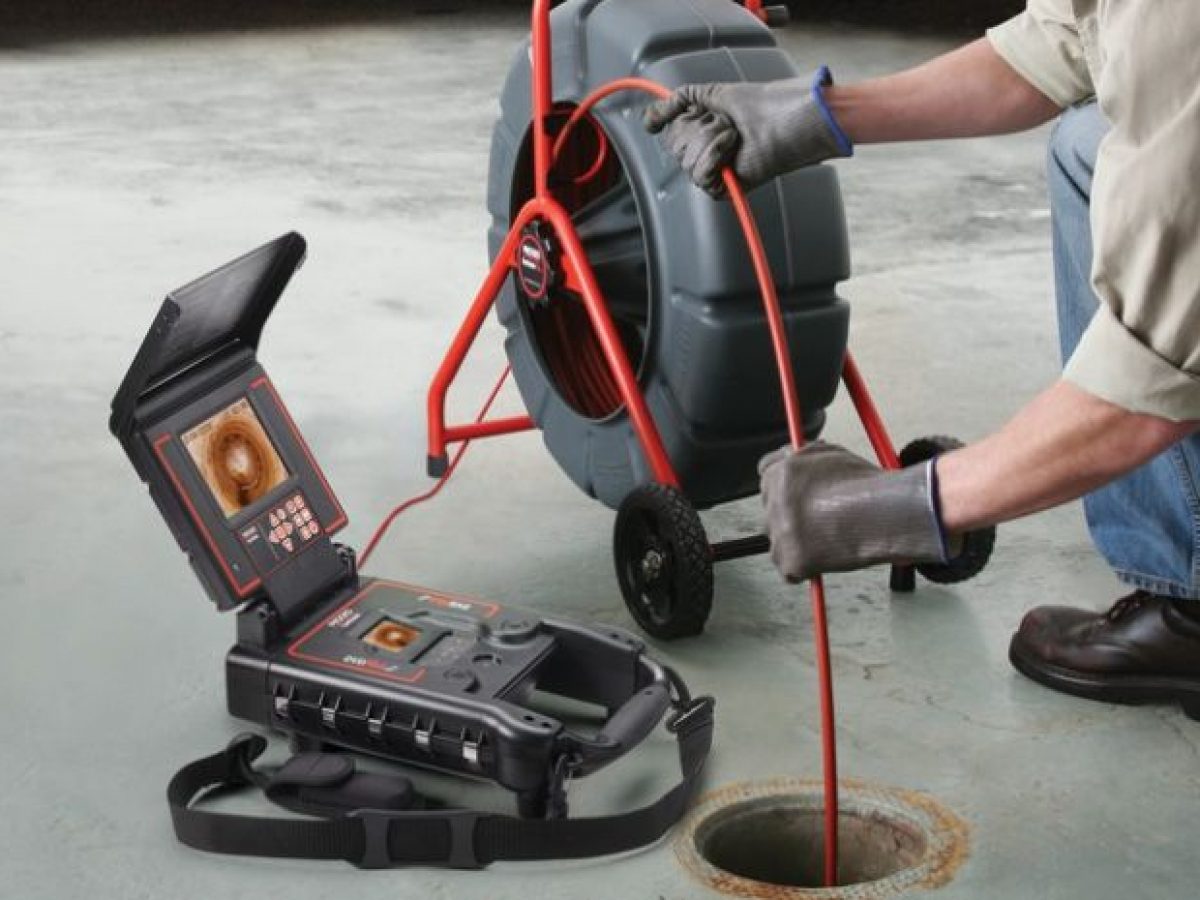In the ever-evolving field of plumbing and infrastructure maintenance, sewer camera inspections have emerged as a transformative and indispensable tool, allowing us to peer into the concealed world beneath our cities. In this comprehensive guide, we will delve deeper into the intricacies of sewer camera inspections, exploring their purpose, the cutting-edge technology that powers them, and the multifaceted benefits they bring to the forefront of modern infrastructure management.
Understanding Sewer Camera Inspections:
Definition and Purpose:
Sewer camera inspections are a sophisticated technique that involves the use of advanced cameras to navigate the intricate network of pipes within a sewer system.
The primary purpose is not only to identify existing issues but also to preemptively discover potential problems, all without the need for invasive and disruptive excavation.
The Technology Behind the Lens:
Exploring the Cameras:
Sewer inspection cameras are marvels of modern technology. Equipped with high-definition lenses, pan-and-tilt capabilities, and often remote-controlled systems, these cameras allow plumbing professionals to conduct detailed visual assessments of the interior of pipes.
Some even come with advanced features like infrared technology for better visibility in low-light conditions.
When to Consider a Sewer Camera Inspection:
Signs and Symptoms:
Identifying the signs that warrant a sewer camera inspection is crucial for timely maintenance. Persistent clogs, slow drainage, foul odors, or unexplained increases in water bills are red flags that indicate the need for a closer examination beneath the surface.
The Process Unveiled:
Step-by-Step Guide:
The sewer camera inspection process is meticulous and follows several key steps. Pre-inspection preparations include ensuring proper access points, and once the camera is inserted into the pipes, professionals navigate through the sewer system, documenting any abnormalities.
The findings are then analyzed comprehensively, often resulting in a detailed report for the property owner.
Benefits of Sewer Camera Inspections:
Cost-Effective Solutions:
One of the most significant advantages of sewer camera inspections is their cost-effectiveness. By accurately pinpointing the location and nature of a problem, professionals can devise targeted and efficient solutions, eliminating the need for extensive and expensive excavations, which may disrupt property and landscape.
Preventing Future Disasters:
Proactive Maintenance:
Regular sewer camera inspections serve as proactive maintenance tools. Detecting potential issues before they escalate into major problems can save property owners from substantial plumbing disasters and the associated repair costs. It’s a preventive approach that enhances the longevity of the entire sewer system.
Environmental Impact:
Minimizing Disruptions:
Unlike traditional excavation methods, which can be environmentally disruptive, sewer camera inspections are non-intrusive.
This results in minimal disturbances to the surrounding environment, reduces the carbon footprint associated with construction activities, and aligns with sustainable infrastructure practices.
Common Challenges and Limitations:
Addressing Concerns:
While sewer camera inspections are highly effective, they do have limitations. Certain pipe materials may not be easily identified, and issues external to the pipes may not be within the camera’s purview.
Recognizing these limitations helps manage expectations and informs decision-making regarding the most appropriate maintenance strategies.
FAQs:
Q1: How often should I consider a sewer camera inspection for my property?
A: Every 2-3 years for preventative maintenance.
Q2: Can a sewer camera inspection identify all types of pipe materials?
A: While it can detect many materials like PVC, clay, and metal, there may be limitations.
Q3: Are sewer camera inspections only for visible problems?
A: No, they’re valuable for both diagnosing existing issues and preventing future problems.
Q4: How long does a sewer camera inspection take, and is it disruptive?
A: Typically a few hours, and it’s non-intrusive, causing minimal disruption.
Q5: Can sewer cameras detect leaks within the pipes?
A: Yes, they can identify leaks and locate their source for repair planning.
Q6: Are sewer camera inspections safe for the pipes?
A: Absolutely. They’re non-invasive and don’t damage the pipes.
Q7: Can sewer cameras detect blockages caused by tree roots?
A: Yes, modern cameras are equipped to identify root blockages.
Q8: Are sewer camera inspections only for residential properties?
A: No, they benefit residential, commercial, and municipal sewer systems.
Conclusion:
In conclusion, sewer camera inspections stand as essential tools in the maintenance and management of sewer systems, offering a glimpse into the unseen infrastructure beneath our feet. From their advanced technology to the myriad benefits they offer, these inspections play a pivotal role in ensuring the longevity, efficiency, and sustainability of modern infrastructure. As we navigate the complexities beneath our cities, sewer camera inspections emerge as a beacon of innovation, providing clarity where it was once obscured in the depths of the underground, ultimately contributing to the resilience and health of our urban landscapes.

A group of home improvement enthusiasts and bathroom design experts, combines in-depth knowledge and a shared passion to deliver engaging, informative content that guides readers through the world of bathroom innovation and style.

Leave a Reply